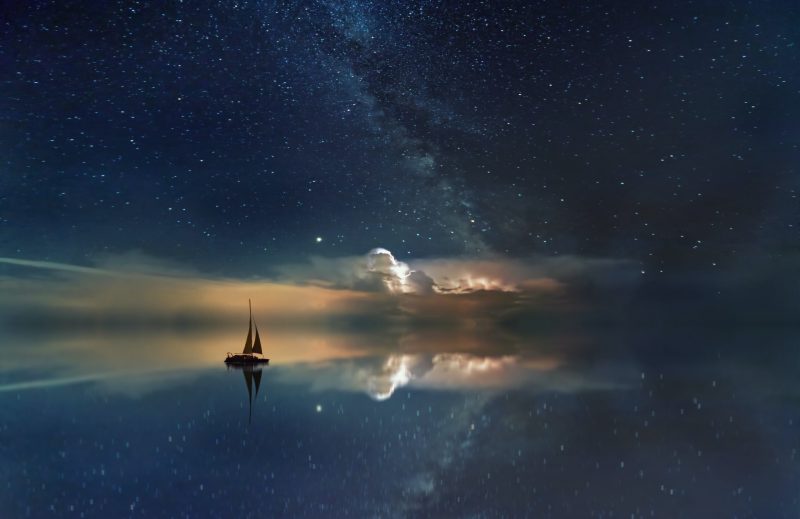
Top 10 stories of 2021
What a year it’s been! There’ve been some exciting night sky events, such as Comet Leonard (now in the evening sky). We’ve had outbursts of auroras as Solar Cycle 25 ramps up. There’ve been record-breaking space launches. And science has taken leaps forward. Come along, as we review our top 10 stories of 2021.
EarthSky 2022 lunar calendars now available! They make great gifts. Order now. Going fast!
#10 – Farfarout is farthest object yet known in our solar system
Back in January 2018, astronomers detected a faint object in our solar system so far away from the sun that they nicknamed it Farfarout. After a couple of years of additional observations, the astronomers declared on February 10, 2021, that this object – which has the formal designation 2018 AG37 – is officially the farthest object in the solar system … so far. Read more about Farfarout.

#9 – Ride along with Juno
The Juno spacecraft made a flyby of the giant planet Jupiter on June 8, 2021. Shortly before its closest point to Jupiter – the 34th of the mission, or perijove 34 – Juno flew closer to Jupiter’s large moon Ganymede than any spacecraft has in more than two decades. On July 14, NASA released the beautiful video below. It lets you ride along with the Juno spacecraft on this most recent sweep past Ganymede and Jupiter.
#8 – Climate has shifted axis of Earth, says study
Glacial melting due to global warming is likely the cause of a shift in the movement of Earth’s poles that occurred in the 1990s, says a new study published March 22, 2021. Melting glaciers redistributed enough water to cause the direction of polar wander to turn and accelerate eastward during the mid-1990s.

#7 – Interstellar visitor Borisov could be 1st truly pristine comet yet seen
We know of only two interstellar visitors – that is, visitors from other star systems – to our solar system. They are 1I/’Oumuamua and 2I/Borisov. ‘Oumuamua gets a lot of press as a strangely-shaped traveler that might be anything from a piece of an exoplanet to an alien spacecraft. The lesser known 2I/Borisov is more clearly a comet that might have originated near a red dwarf star. Its chemical signature suggests it may never have interacted with a star before. If so, said Stefano Bagnulo of the Armagh Observatory and Planetarium in Northern Ireland, U.K.:
2I/Borisov could represent the first truly pristine comet ever observed.
#6 – Possible life signs in the clouds of Venus
In late 2020, scientists studying the atmosphere of Venus announced the surprising – and controversial – discovery of phosphine, a chemical that, on Earth, is produced primarily by living organisms. Jane Greaves at Cardiff University in Wales and her colleagues asked at the time: Could the phosphine be a sign of microorganisms inhabiting Venus’ atmosphere? Maybe, other scientists said, but phosphine itself wouldn’t be proof of life, and subsequent studies questioned whether the phosphine was ever there at all. Then – in March 2021 – a study from Rakesh Mogul of CalPolyPomona supported the original finding of phosphine and went further. It suggested that other “biologically relevant chemicals” in Venus’ atmosphere appear to be in a state of disequilibrium: another hallmark of life.

#5 – Hycean planets might be habitable ocean worlds
Is there life beyond Earth? It seems extremely probable, although we still don’t have the hard evidence. But astronomers said on August 26, 2021, that they’ve identified a new class of exoplanets that are a big step forward in the search for life. They’re calling them Hycean worlds, from the words hydrogen and ocean. Planet-wide oceans and hydrogen-rich atmospheres might cover these worlds. And yet, the researchers said, they might be habitable.

#4 – A new planet next door?
Astronomers have imaged something near the star Alpha Centauri A, in the star system next door to our sun, just 4.4 light-years away. Is it an asteroid, or dust, or an image glitch, or … a planet? If it is a planet, it’s the first known planet to be directly imaged in a star’s habitable zone, the region of a star system in which liquid water can exist and therefore in which life as we know it might occur.
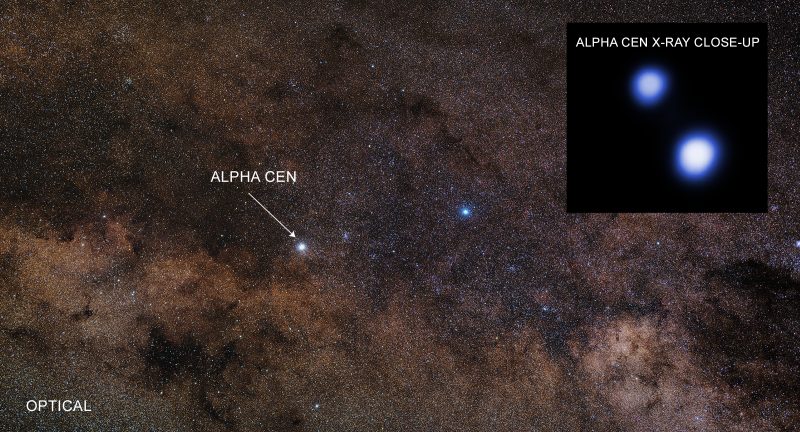
#3 – Solar superflares hit Earth multiple times
A solar superstorm rocked Earth in 774-775 CE. Scientists uncovered this event in 2012 when analyzing a spike in carbon-14 found in tree rings. Trees around the world bear evidence of the carbon-14 spike, showing that the event was global in scale. Last month, scientists announced that after searching just 1/6 of the available tree ring data, they found evidence of two more events, in 5259 BCE and 7176 BCE.
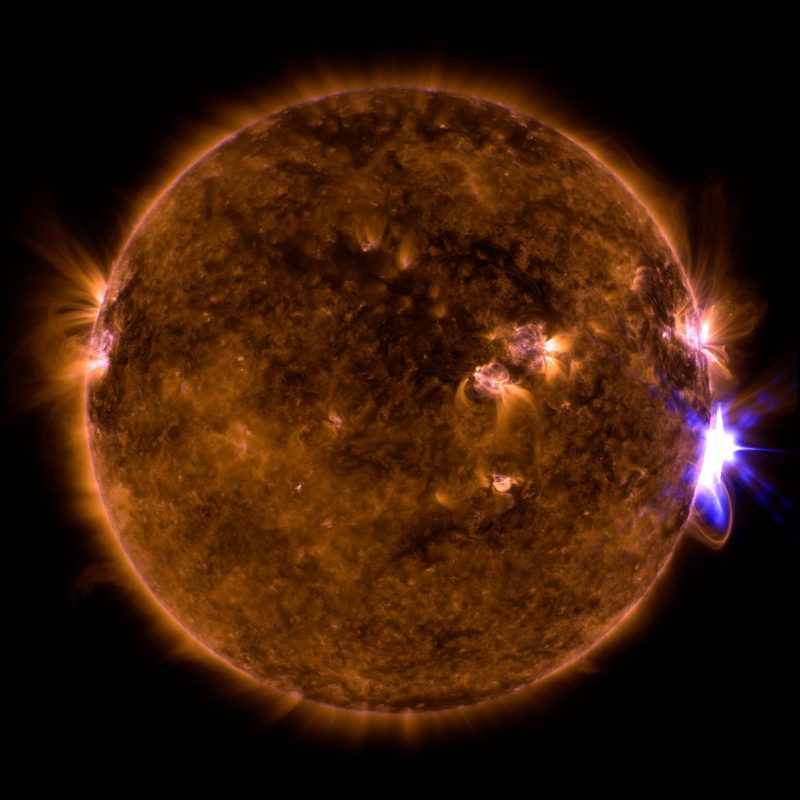
#2 – ‘Mystery hut’ on the far side of the moon
China’s Yutu 2 rover has been crawling across the lunar surface since landing in Von Kármán crater on the far side of the moon on January 3, 2019. On December 3, 2021, it logged a strange entry in its Yutu No. 2 Driving Diary. It spied a cube-shaped object on the horizon and nicknamed it the ‘mystery hut.’ The Chinese website Our Space publishes the diary and is affiliated with the China National Space Administration (CNSA).
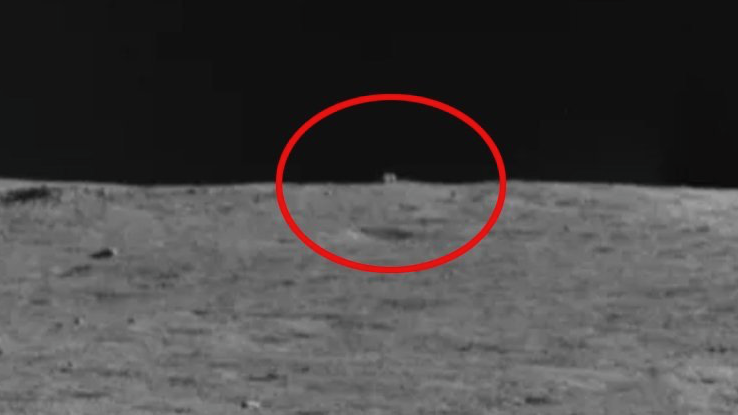
#1 – The 1st sign of intelligent life beyond Earth?
For 11 days in October 2017, scientists tracked a strange object from interstellar space zip through our solar system. Since then, most astronomers have come to believe that 1I/’Oumuamua, as it’s now known, is a natural object. But Harvard physicist Avi Loeb still thinks it might be first known example of an alien artifact, something manufactured by extraterrestrial beings, come to us from another star system. Loeb’s new book – called Extraterrestrial, the First Sign of Intelligent Life Beyond Earth – explores this possibility.
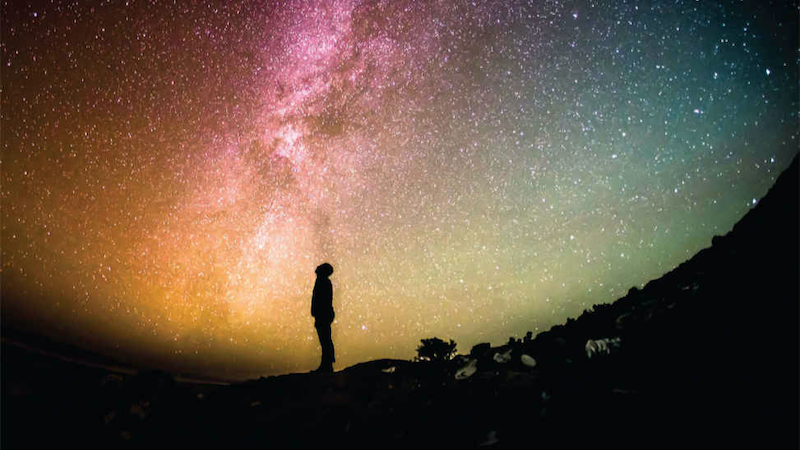
Bottom line: The top 10 stories of 2021 is a review of what we’ve learned in the past year from our home planet, Earth, out to the vast universe.











